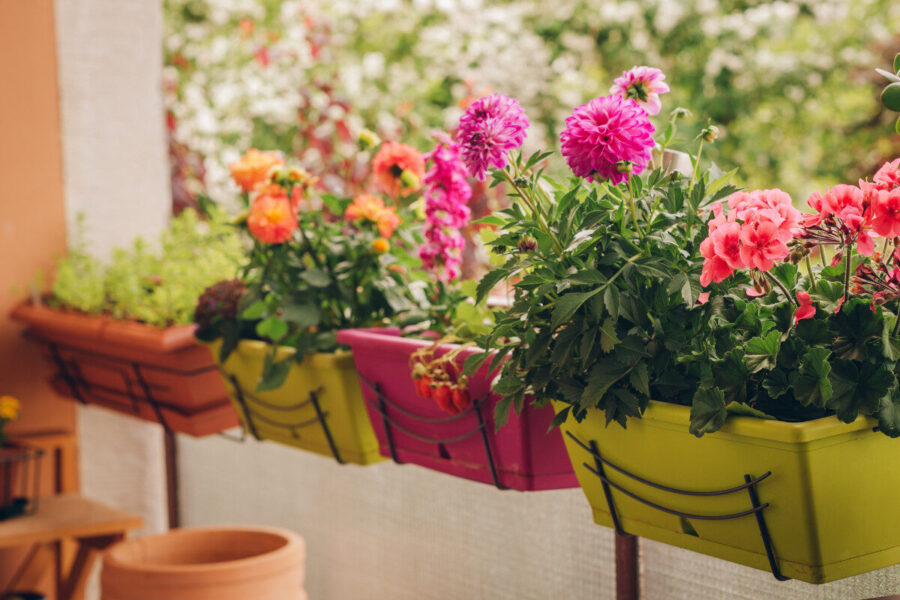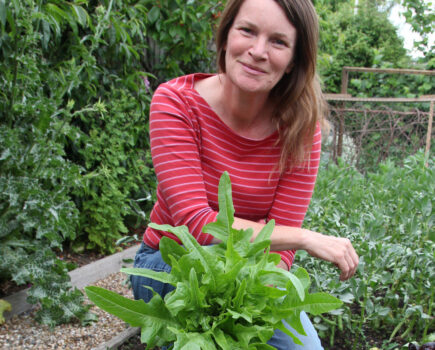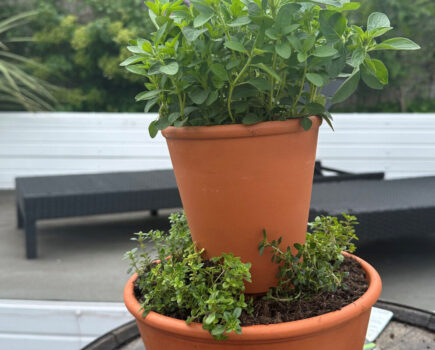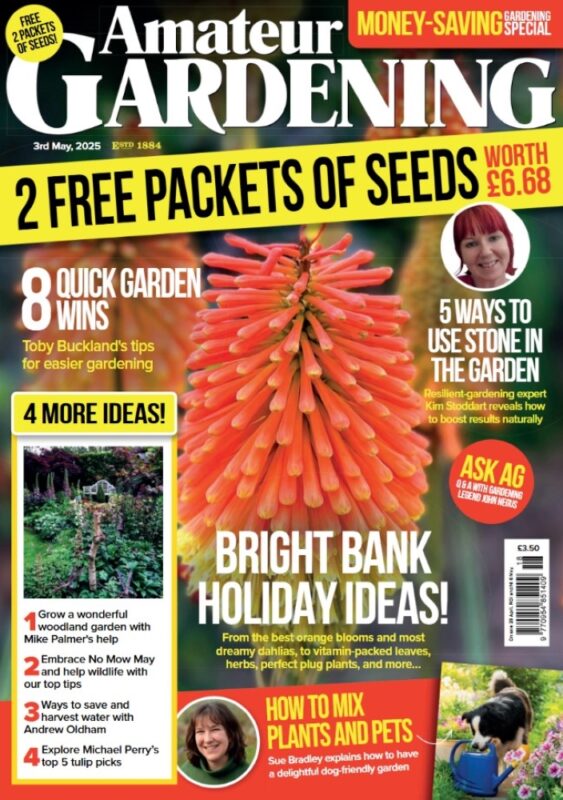Kim O’Brien sings the praises of this easy form of plant propagation
At this time of the season, your dahlia tubers will either be putting out new growth, or be about to. If you’ve potted them up undercover ahead of planting them out once all danger of frosts have passed, they’ll be shooting vigorously with strong, fresh growth that’s increasing by the day.
This rapid new growth presents an exciting opportunity for propagation, and dahlias are generous plants when it comes to providing cutting material because they generate and regenerate their shoots readily.
Although they can be expensive to buy, a tuber that gives rise to five or even 10 viable cuttings, and subsequently yields a batch of new plants, will quickly pay for itself.
The alchemy of a cutting which roots, grows, buds, blooms and subsequently produces its own fully formed tuber in only one season is enough to justify the purchase of the most expensive dahlia. If justification were needed of course for these dazzling dahlias!
Taking straightforward dahlia cuttings
Growing from cuttings isn’t mandatory, as dahlias can be easily grown from a tuber, but be aware that the quality of blooms from a tuber do not match those from a cutting.
Flowers raised from cuttings typically have a sharper form and richer depth of colour and for this reason, exhibition growers are encouraged to grow from cuttings. If you are growing purely for pleasure in your own garden – and what better reason is there! – there is no pressure to take cuttings, and growing from tubers alone will more than suffice.
However, for beginners looking to try their hand at taking cuttings and getting lots of free plants, the process is straightforward.
Remove a shoot around 4 to 6cm (2 to 3in) in length with a clean, sharp knife, ideally taking a small slice of the tuber with it. This sliver of root material increases the cutting’s chance of success. Be aware, though, that doing so may ‘blind’ that particular eye (growth point), limiting how many future shoots the tuber will produce.
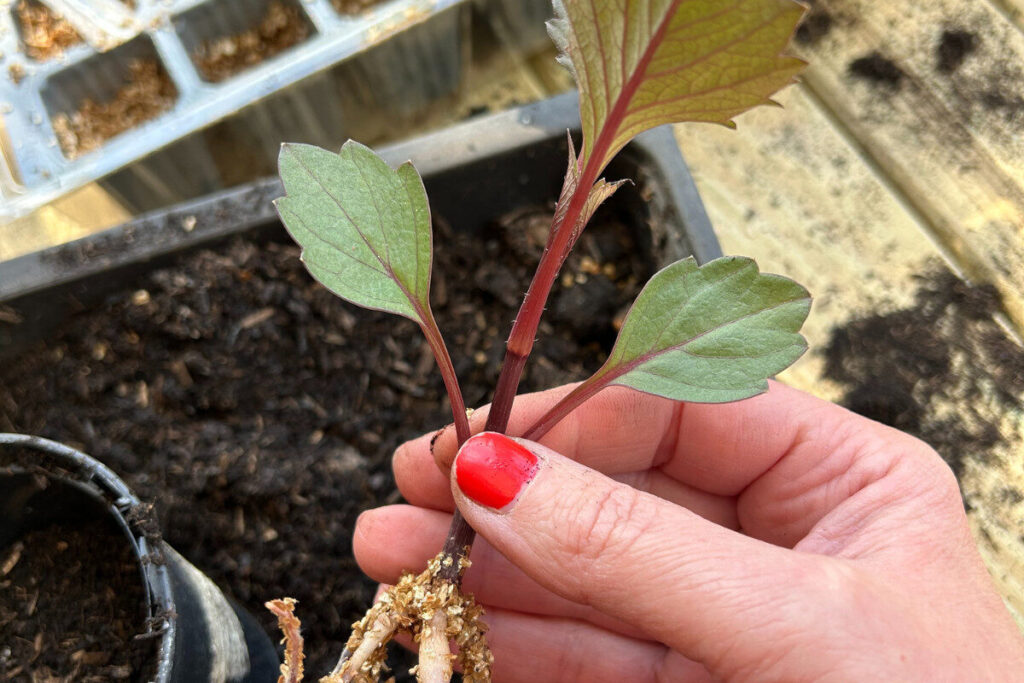
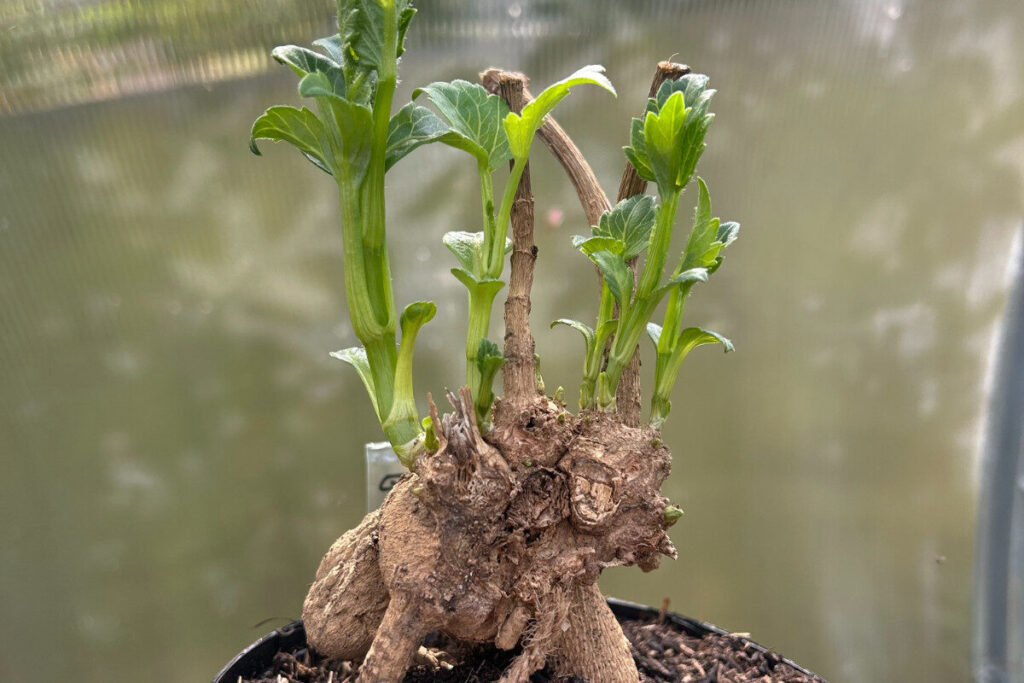
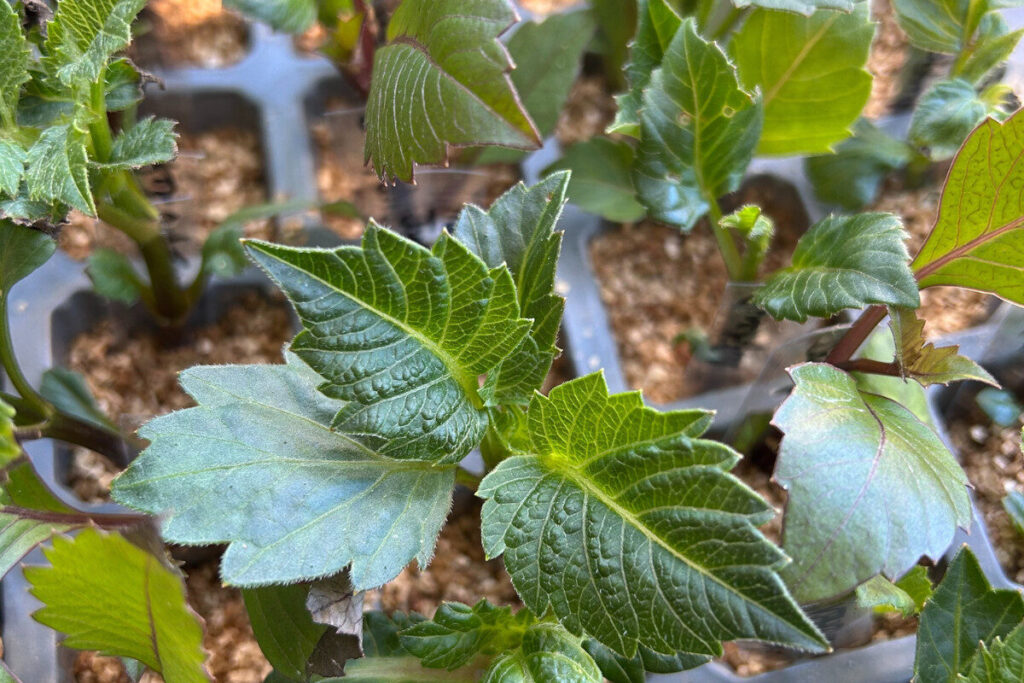
Using cinnamon as rooting powder
A trickier method involves carefully wiggling the shoot free, leaving the tuber intact. Without a slice of tuber, not every cutting will root, but it encourages the tuber to send out more new shoots, often three or more to replace the one that’s been removed. This is ideal if your aim is to take several cuttings from one plant.
When it comes to rooting, ground cinnamon is a good, natural alternative to synthetic hormone rooting powder. Dahlias respond well to it, and its mild anti-fungal properties help to prevent damping-off.
Cuttings can be rooted in compost, but due to their open structure, pure vermiculite or horticultural sand or grit gives a higher success rate. These substrates drain freely yet provide the balance of aeration and moisture needed for successful rooting.
Indicators that cuttings have rooted include an increase in size, new leaves and they will lean towards the light. Eventually roots will trail from the bottom of the pot.
Water well to ease the cutting free, then pot on into good quality peat-free compost and allow it to continue its journey towards becoming a full, flowering plant.
Dreamy Dahlia
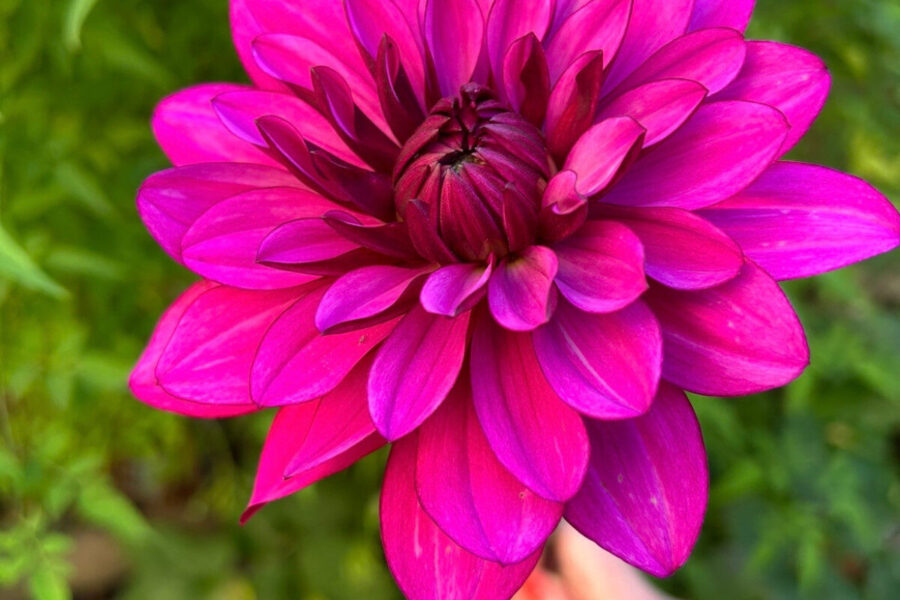
Dahlia ‘Purple Flame’ has a velvet-like depth of colour
Find more tips, advice and articles like this at the Amateur Gardening website. Subscribe to Amateur Gardening magazine now

